In this month’s regular column from CEJA (European Council of Young Farmers), President, Matteo Bartolini looks at the European Innovation Partnership (EIP) for Agricultural Productivity and Sustainability.
MF: What is the purpose of EIP?
MB: In recent years, the European Commission has pioneered the European Innovation Partnership (EIP) for Agricultural Productivity and Sustainability, and this is just now beginning to be put into action. The EIP aims to foster a competitive and sustainable agricultural sector which ‘achieves more from less’.
MF: How does this work in practice?
MB: To achieve its aim, the EIP brings ‘innovation actors’ (farmers, advisors, researchers, businesses, NGOs, etc.) together to build bridges between research and practice. The agricultural EIP is one of five different European Innovation Partnerships in different fields, all of which belong to the new ‘innovation union’ – an attempt to make Europe more competitive and help deliver the objectives of the Europe 2020 Strategy. (You can find more about this at: ec.europa.eu/europe2020
MF: How is CEJA involved?
MB: CEJA has been involved in the EIP since its conception. We had a Vice-President on the High Level Steering Board of the EIP, as well as CEJA staff on the accompanying sherpa (support) group. Now, I am involved as an expert in the Focus Group on Innovative Short Food Supply Management and we are working closely with the EIP team in order to get more young farmers involved in the focus groups which will be set up in the future.
MF: What are your expectations of the EIP?
MB: At CEJA, we have very high hopes and expectations of the EIP. This is particularly considering that its implementation brings together a number of different funding streams in order to achieve one objective: agricultural innovation. Agriculture is a sector which holds many opportunities for growth, yet also often relies heavily on age-old techniques, notably because of the age imbalance in the farming population. For this reason, it is crucial that young farmers are targeted directly by the EIP as they are the most likely to take advantage of the innovation opportunities offered by the partnership.
MF: How can young famers benefit?
MB: Young farmers, who are likely to be technology-friendly and open to its advantages, can benefit enormously from innovation. It often leads to increased productivity, increased sustainability and therefore longevity, not just for the young farmers’ production itself but also for the environment in general. Increased productivity can lead to increased profitability, which in turn can be invested back into the farm, into new technologies and innovation, causing a multiplier effect. It can also open up new opportunities and markets to young farmers who are committed to running competitive farming businesses. It is for this very reason that CEJA and Massey Ferguson share such a successful partnership, and for this same reason that CEJA gives so much importance to fostering innovation in EU agriculture.
MF: Why is innovation so important?
MB: Over the coming decades, we can expect increasingly escalating food demand across the globe. In addition, there will be more societal demands to use natural resources sparingly, and to contribute to climate change mitigation, environmental protection and biodiversity conservation. Considering the demands that are about to be put on the farming community, innovation will not only be beneficial to the European agricultural sector, but entirely necessary for its survival and success. This then contributes to job creation and growth in the bigger picture of the EU economy. Thus, it is undoubtedly beneficial not just for young farmers, not just for farmers and consumers in general, but for the entirety of the EU economy and all Europeans, as well as further afield.
MF: Have you had any personal experience of innovation in action?
MB: I have a great example of what innovation can do for young farmers and what young farmers can do for innovation, particularly in terms of direct farmer-scientist cooperation as is advocated by the EIP. A few years ago, on my farm in Umbria, Italy, I worked with researchers from the University of Perugia to develop a new way to cultivate truffles. Together, we set up technology on my land which could analyse the soil data. This analysis would include details on water content, nutrient levels in the soil, etc. up to five times an hour. This information would then guide me in terms of irrigation of the land and other inputs. This not only helped to bring down the amount of resources used but also reduced the time it had previously taken to grow truffles, effectively speeding up the whole truffle production process. This contributed to a successful truffle farm and agri-tourism establishment which features a ‘Truffle School’ where visitors can learn about the art of truffle hunting. It has had an impact on truffle production elsewhere, too. I hope that the EIP will encourage this kind of fruitful cooperation between different innovation ‘actors’ and, that others like me, will be able to experience the benefits which come from such important partnerships.
For more information about the EIP, see: ec.europa.eu/eip/agriculture
If you would like If you would like to get in touch with Matteo Bartolini or CEJA, email allusers@ceja.eu
Go to: Massey Ferguson Global Facebook page
Go to: CEJA Young Farmers Facebook page


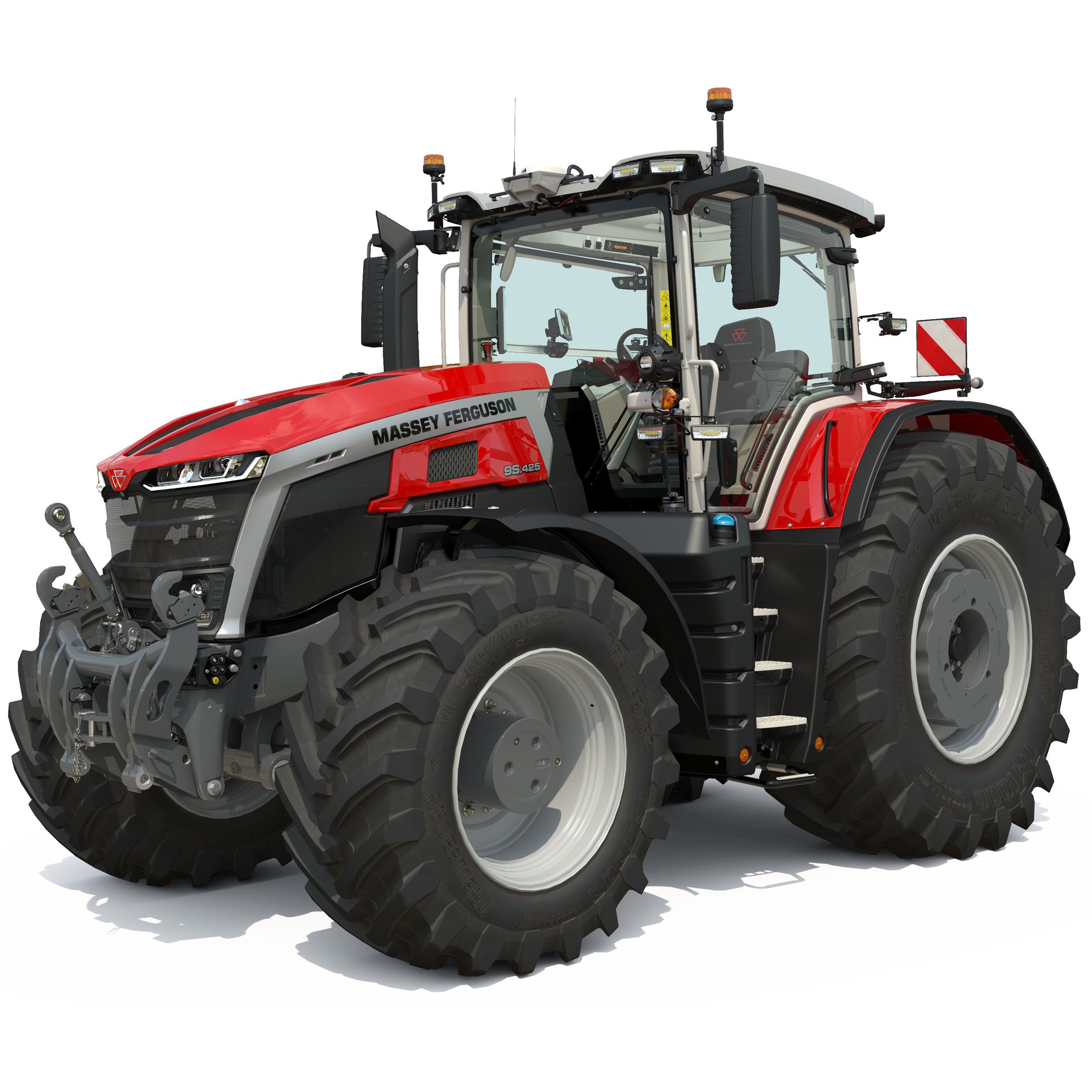
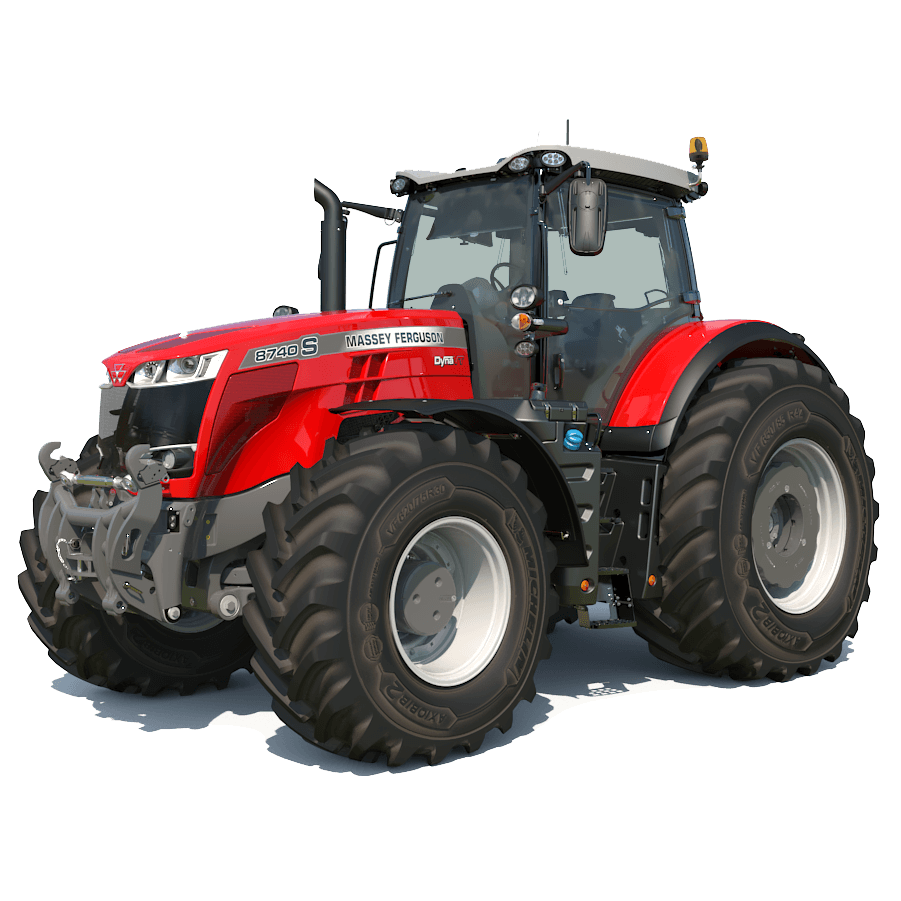


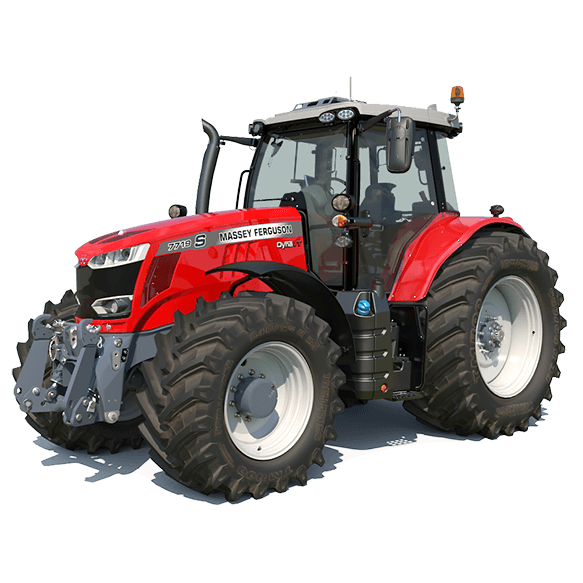



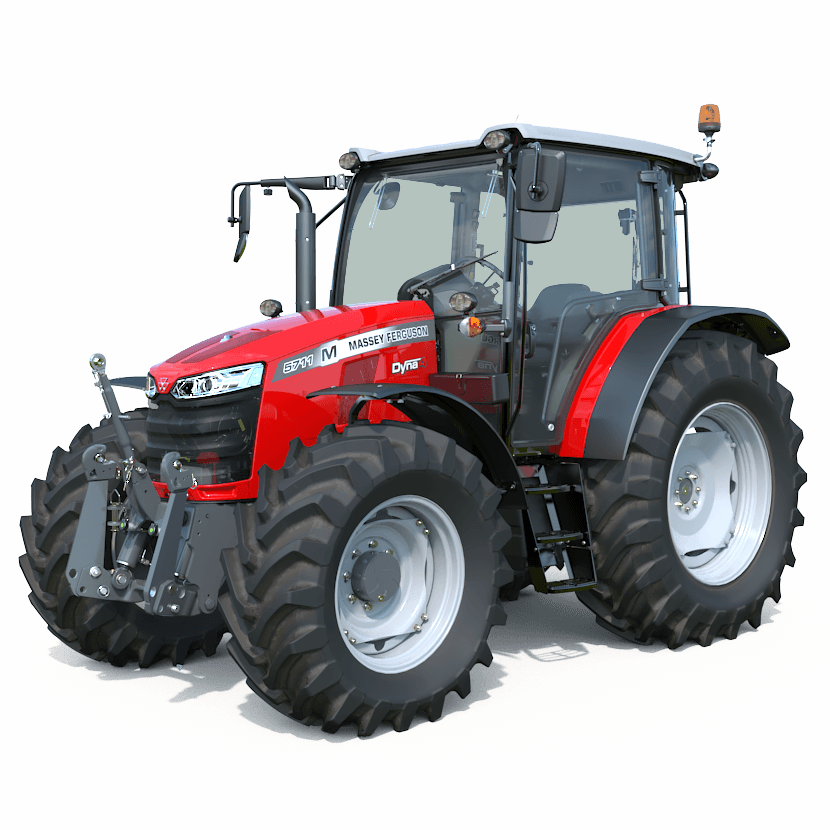





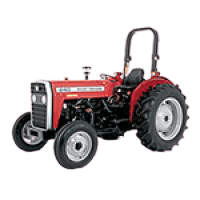




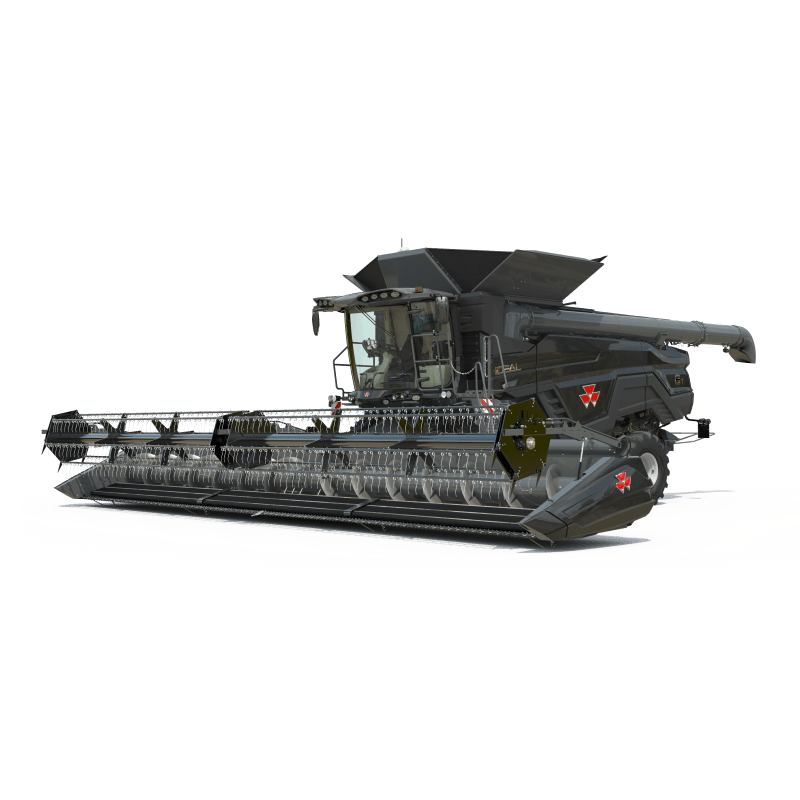

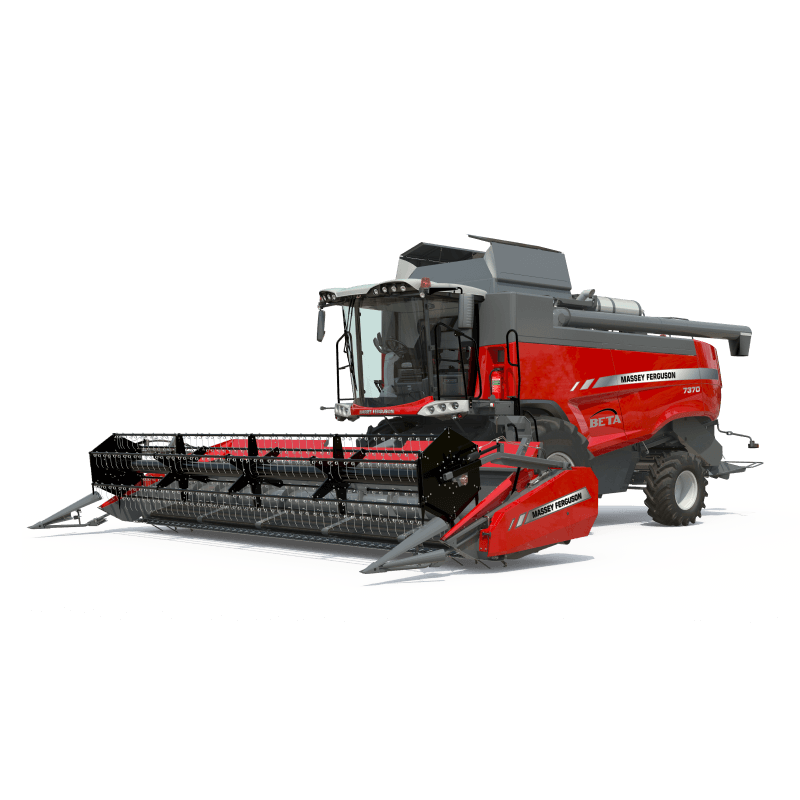
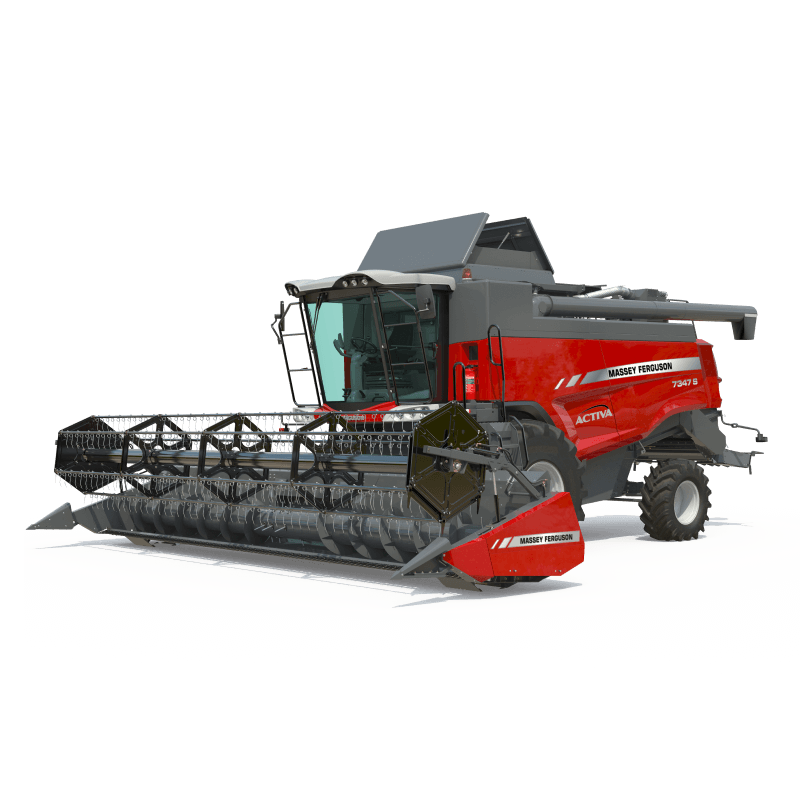

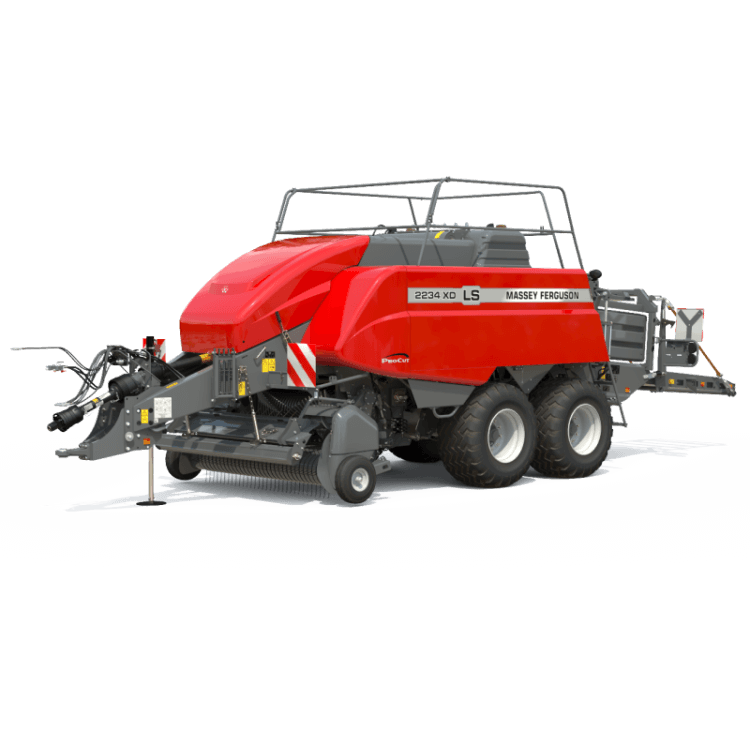





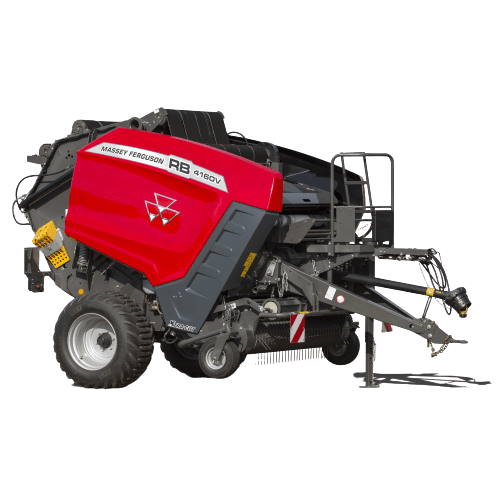
















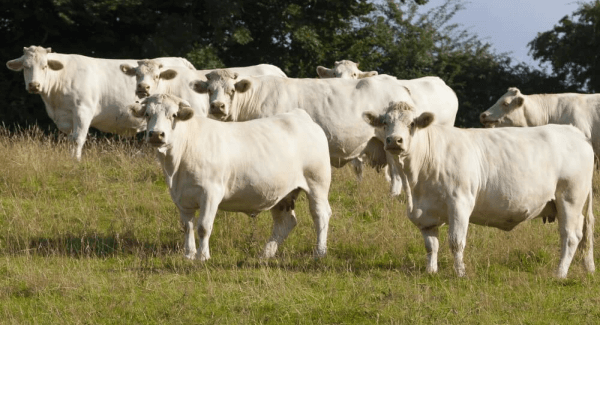
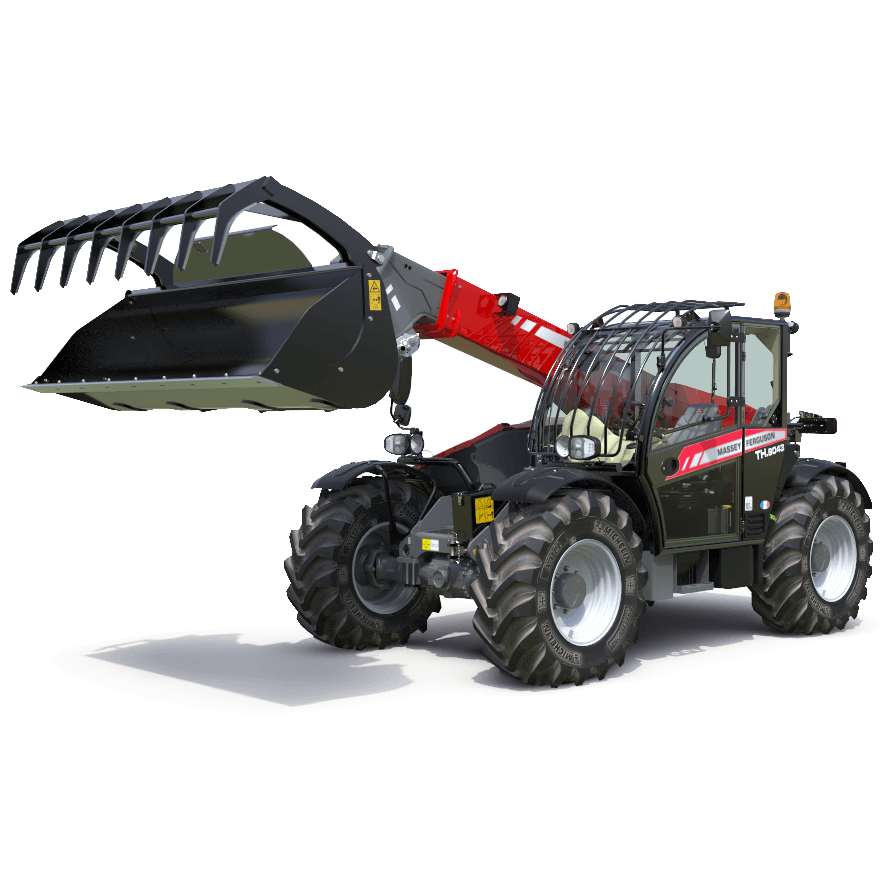
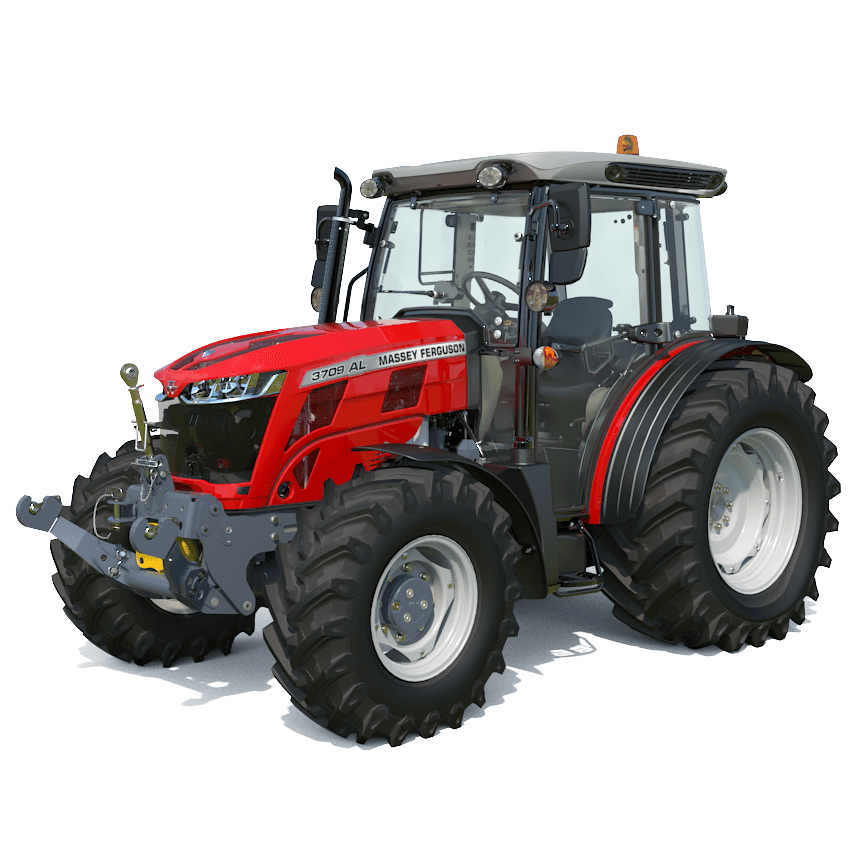

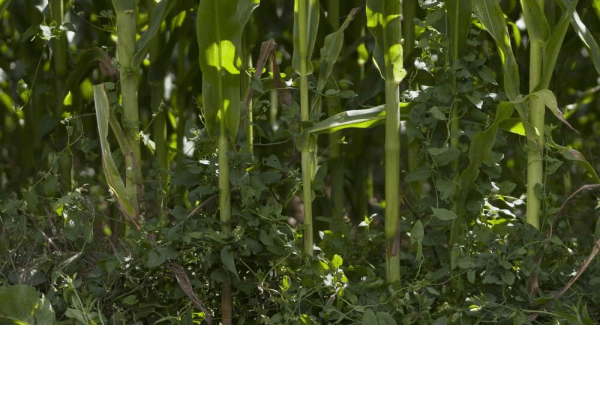
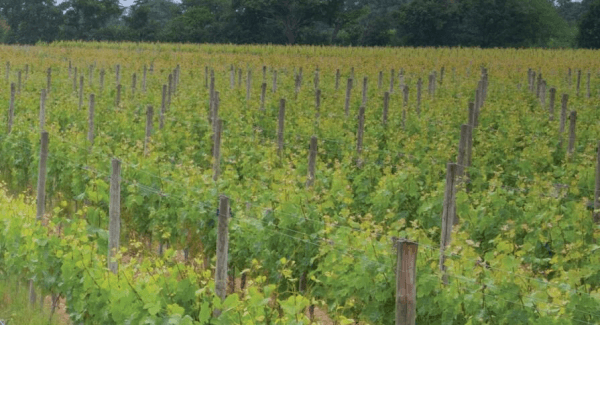
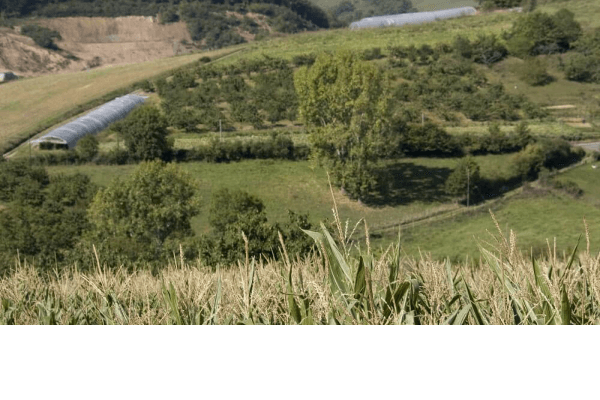
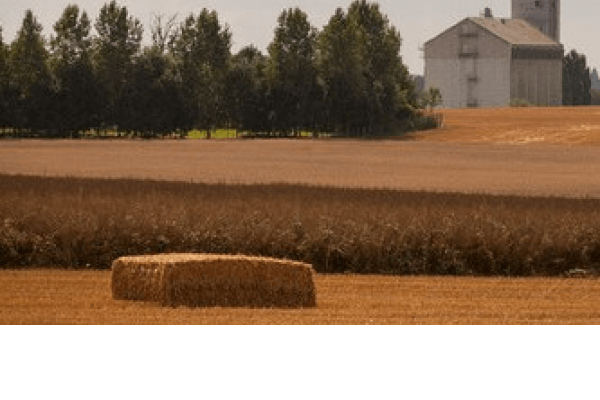




Share
https://www.masseyferguson.com/en/discover-mf/news/news/ceja-column-13.html